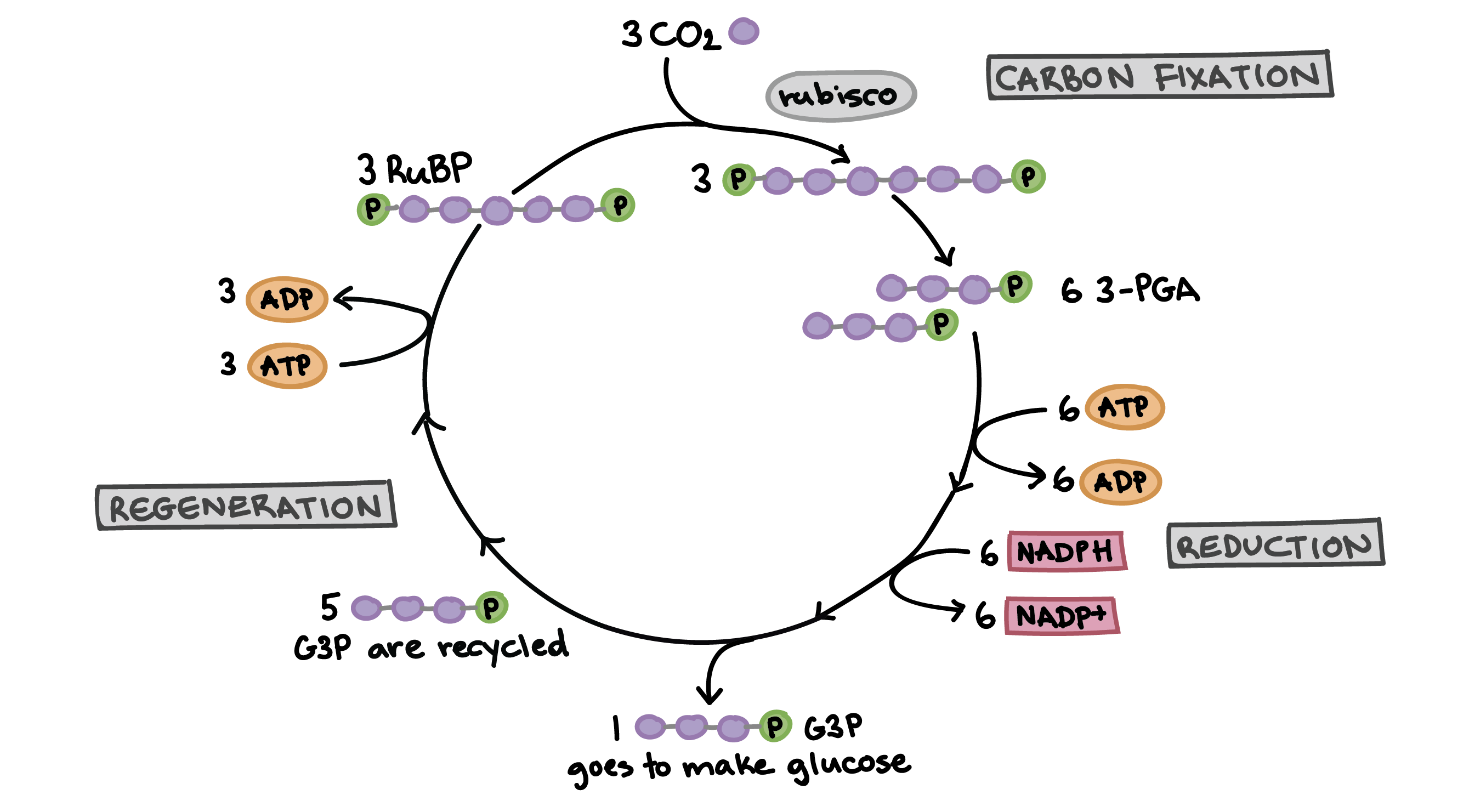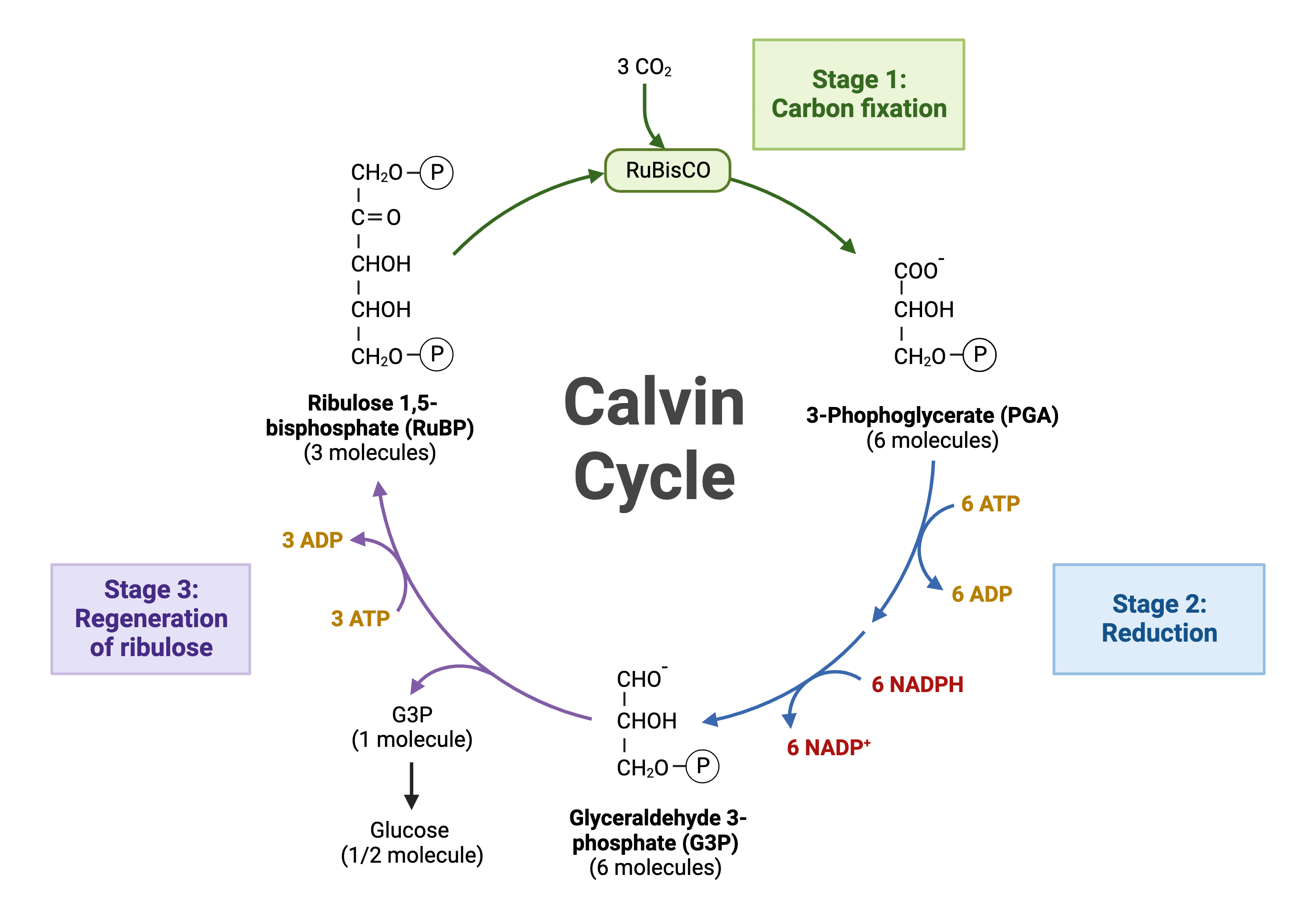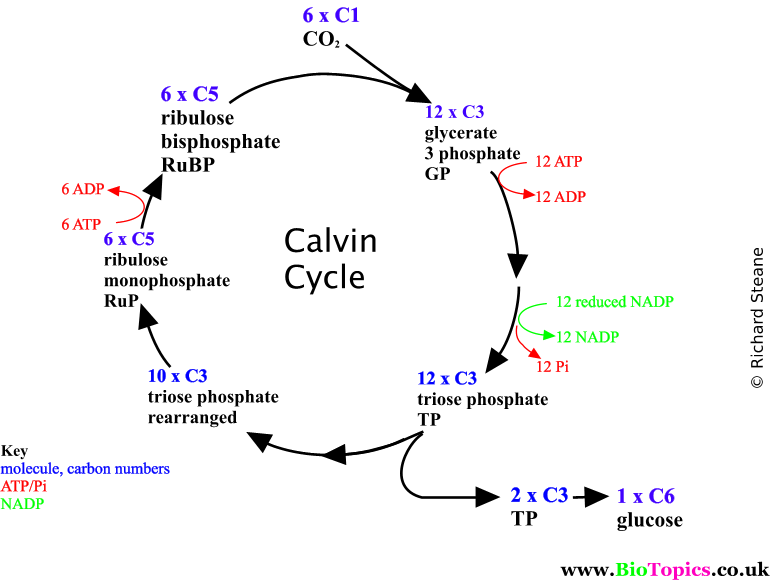What type of reaction takes place in the stroma – What reactions happen in the stroma? The stroma is a critical component of chloroplasts, the powerhouses of plant cells. Within this gel-like matrix, a complex web of biochemical reactions unfolds, culminating in the production of sugars that fuel plant growth and development. The stroma serves as the “workshop” of the chloroplast, where energy from sunlight, captured by the thylakoid membranes, is used to convert carbon dioxide into glucose, the building block of life.
The stroma is a dynamic environment filled with enzymes, molecules, and structures that work together to drive the process of photosynthesis. One of the most important reactions that occurs in the stroma is the Calvin cycle, a series of biochemical steps that fix carbon dioxide and convert it into sugar. This cycle is essential for the production of glucose, the primary energy source for plants and the foundation of the food chain.
The Stroma: The “Workshop” of the Chloroplast

The stroma is the thick fluid that fills the chloroplast, the organelle responsible for photosynthesis in plant cells. It’s a bustling hub of activity, playing a crucial role in transforming light energy into chemical energy in the form of sugars.
Structure of the Stroma
The stroma is enclosed by the inner membrane of the chloroplast, and it houses a variety of structures, including the thylakoid membranes, which are folded into stacks called grana. The stroma is a complex mixture of enzymes, sugars, and other molecules essential for photosynthesis.
The Role of the Stroma in Photosynthesis
The stroma is the site of the Calvin cycle, the second stage of photosynthesis. The Calvin cycle uses the energy stored in ATP and NADPH, produced in the light-dependent reactions occurring in the thylakoid membranes, to convert carbon dioxide into glucose. This process is driven by the stroma’s enzymes, which catalyze the various reactions involved.
Key Enzymes and Molecules in the Stroma
The stroma contains a diverse array of enzymes and molecules that facilitate the biochemical reactions of photosynthesis. Some key examples include:
- Rubisco (ribulose-1,5-bisphosphate carboxylase/oxygenase): This enzyme is responsible for fixing carbon dioxide into an organic molecule, a crucial step in the Calvin cycle. It is one of the most abundant enzymes on Earth.
- Glyceraldehyde-3-phosphate dehydrogenase (GAPDH): This enzyme catalyzes the conversion of 3-phosphoglycerate to glyceraldehyde-3-phosphate, another important step in the Calvin cycle.
- Starch synthase: This enzyme synthesizes starch, a storage form of glucose, from glucose-1-phosphate.
- Ribulose-5-phosphate kinase: This enzyme catalyzes the phosphorylation of ribulose-5-phosphate, a key intermediate in the Calvin cycle.
These enzymes work together to ensure the efficient conversion of carbon dioxide into glucose, a process that provides the energy necessary for plant growth and development.
The Calvin Cycle: What Type Of Reaction Takes Place In The Stroma

The Calvin cycle, named after its discoverer Melvin Calvin, is a series of biochemical reactions that occur in the stroma of chloroplasts during photosynthesis. It’s the “assembly line” of sugar production, where the energy stored in ATP and NADPH from the light-dependent reactions is used to convert carbon dioxide into glucose.
Carbon Dioxide Fixation
The Calvin cycle begins with the fixation of carbon dioxide. This process, catalyzed by the enzyme RuBisCO, combines carbon dioxide with a five-carbon sugar called ribulose bisphosphate (RuBP) to form a six-carbon intermediate. This intermediate is unstable and quickly breaks down into two molecules of 3-phosphoglycerate (3-PGA), a three-carbon compound.
Reduction of 3-PGA
Next, 3-PGA is reduced to glyceraldehyde 3-phosphate (G3P). This step requires energy from ATP and reducing power from NADPH, both generated during the light-dependent reactions. The reduction of 3-PGA is a key step in the Calvin cycle because it converts an unstable, high-energy molecule into a more stable, lower-energy molecule.
Regeneration of RuBP
For the Calvin cycle to continue, RuBP, the starting molecule, must be regenerated. This process involves a series of complex reactions that use ATP and some G3P molecules. Regeneration of RuBP ensures that the Calvin cycle can continue to fix carbon dioxide and produce sugar.
Interdependence of Light-Dependent Reactions and Calvin Cycle
The light-dependent reactions and the Calvin cycle are intimately linked. The light-dependent reactions provide the ATP and NADPH required for the Calvin cycle to function. In turn, the Calvin cycle consumes these products and produces glucose, which is a key energy source for the plant. This interdependence highlights the importance of both sets of reactions for the overall process of photosynthesis.
The Stroma’s Role in Other Metabolic Processes
The stroma, the fluid-filled space within the chloroplast, is a dynamic environment that plays a vital role in various metabolic processes beyond photosynthesis. It serves as a hub for the synthesis of essential biomolecules, including starch, amino acids, and lipids, contributing significantly to the plant’s growth and development.
Starch Synthesis
Starch, a major energy storage molecule in plants, is synthesized in the stroma. The Calvin cycle produces glyceraldehyde-3-phosphate (G3P), a three-carbon sugar, which acts as a precursor for starch synthesis. G3P is converted into glucose, and subsequently, glucose molecules are linked together to form starch. The process involves a series of enzymatic reactions catalyzed by enzymes present in the stroma.
Amino Acid Synthesis
The stroma is also involved in the synthesis of amino acids, the building blocks of proteins. G3P, a product of the Calvin cycle, serves as a precursor for amino acid synthesis. Through a series of enzymatic reactions, G3P is converted into various amino acids, including glutamate, aspartate, and alanine. These amino acids are essential for plant growth and development, contributing to the formation of enzymes, structural proteins, and other vital components.
Lipid Synthesis
Lipids, including fatty acids and phospholipids, are essential components of cell membranes and energy reserves in plants. The stroma plays a crucial role in lipid synthesis, utilizing G3P as a precursor for fatty acid production. G3P is converted into glycerol, which is then combined with fatty acids to form triglycerides, a major form of stored energy in plants. Fatty acids are also used in the synthesis of phospholipids, which form the structural basis of cell membranes.
Other Metabolic Pathways
The stroma is also involved in other important metabolic pathways, including the synthesis of nucleotides, the building blocks of DNA and RNA. The stroma also houses enzymes involved in the degradation of starch, providing a source of glucose when photosynthesis is limited. These metabolic pathways contribute to the overall function of the chloroplast and the plant as a whole.
The Importance of the Stroma in Plant Life

The stroma, the gel-like matrix within chloroplasts, is far more than just a passive container for the Calvin cycle. It plays a crucial role in the life of a plant, acting as the hub for essential metabolic processes that support growth, development, and adaptation.
The Stroma’s Role in Plant Growth and Development
The stroma’s primary function is to provide the building blocks and energy necessary for plant growth and development. The Calvin cycle, housed within the stroma, converts carbon dioxide into glucose, the primary source of energy for plants. This glucose is then used to synthesize a variety of essential compounds, including:
- Cellulose: The structural component of cell walls, providing rigidity and support for plant tissues.
- Starch: A storage form of glucose, providing a readily available energy source for plants.
- Amino acids: The building blocks of proteins, essential for a wide range of functions, including enzymes, hormones, and structural components.
- Lipids: Essential for cell membranes, energy storage, and hormone production.
In addition to these primary functions, the stroma also plays a role in the synthesis of other essential molecules, such as pigments and vitamins. These molecules contribute to plant growth, development, and overall health.
The Stroma’s Role in Plant Adaptation
Plants have evolved a variety of mechanisms to adapt to changing environmental conditions. The stroma plays a crucial role in these adaptations. For example:
- Light intensity: Plants can adjust the number and size of chloroplasts in their cells in response to changing light intensity. The stroma within these chloroplasts adapts to maximize photosynthesis efficiency, allowing plants to thrive in both sunny and shady environments.
- Temperature: The stroma’s composition can change in response to temperature fluctuations. This allows plants to maintain optimal enzyme activity and photosynthesis rates, even in extreme temperatures.
- Water availability: Plants can regulate the opening and closing of stomata, the pores on their leaves, to control water loss. The stroma plays a role in this process by providing the necessary energy and building blocks for stomatal function.
These adaptations allow plants to survive and thrive in a wide range of environments.
Comparing the Stroma of Different Plant Species
The stroma of different plant species can vary in composition and function, reflecting adaptations to specific environments. For example:
- C4 plants: These plants have evolved a specialized mechanism for carbon fixation, known as the C4 pathway, which allows them to thrive in hot, dry climates. The stroma of C4 plants contains specialized enzymes and organelles that facilitate this pathway.
- CAM plants: These plants have evolved a mechanism for carbon fixation, known as crassulacean acid metabolism (CAM), which allows them to survive in arid environments. The stroma of CAM plants contains specialized enzymes and organelles that allow them to fix carbon dioxide at night and store it in the form of malic acid. During the day, they release this stored carbon dioxide for photosynthesis.
These examples highlight the diversity of stromal adaptations in different plant species, demonstrating the importance of the stroma in plant survival and success.
The Stroma in Different Plant Tissues, What type of reaction takes place in the stroma
The stroma plays a vital role in various plant tissues, performing functions specific to each tissue’s needs.
| Plant Tissue | Stroma Function |
|---|---|
| Leaves | Primary site of photosynthesis, providing energy and building blocks for plant growth. |
| Roots | Supports the production of essential nutrients and minerals for plant growth, particularly in root hairs, where absorption is maximized. |
| Stems | Provides structural support for the plant and aids in the transport of nutrients and water. |
The stroma’s adaptability and diverse functions make it a critical component of plant life, enabling plants to thrive in a wide range of environments and perform essential functions for growth, development, and adaptation.
The stroma, with its intricate network of reactions, is a testament to the remarkable efficiency and complexity of life. It’s a reminder that even the smallest parts of a cell play a vital role in the grand scheme of life on Earth. Understanding the reactions that occur in the stroma not only deepens our appreciation for the wonders of plant biology but also provides valuable insights into the potential for harnessing photosynthesis to address global challenges like food security and climate change.
FAQ Explained
What is the role of the stroma in photosynthesis?
The stroma is the site of the Calvin cycle, which uses energy captured by the thylakoid membranes to convert carbon dioxide into glucose. This process is essential for the production of sugars, which are used as the primary energy source for plants.
What are some key enzymes present in the stroma?
The stroma contains a variety of enzymes involved in photosynthesis, including RuBisCo, which catalyzes the fixation of carbon dioxide, and phosphoribulokinase, which converts ribulose-5-phosphate into RuBP, the starting molecule for the Calvin cycle.
What are the other metabolic processes that occur in the stroma?
In addition to photosynthesis, the stroma is also involved in starch synthesis, amino acid synthesis, and lipid synthesis. These processes utilize the products of photosynthesis to build the complex molecules necessary for plant growth and development.
How does the stroma contribute to plant adaptation?
The stroma plays a role in plant adaptation by allowing plants to adjust their metabolic processes in response to changes in environmental conditions, such as light intensity, temperature, and water availability.






